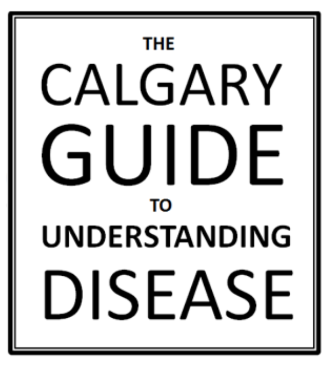Complex Regional Pain Syndrome: Pathogenesis and clinical findings
Authors: Calvin Howard Reviewers: Sina Marzoughi Scott Jarvis* * MD at time of publication
Central nervous system lesion Unknown Mechanism
ACE inhibitors
Trauma with at most minor nerve lesion
i.e. surgery, nerve compression, fracture, tissue trauma, ischemia, sprain
Neurogenic inflammation
Sympathetic dysregulation
Acute Phase
Proinflammatory cytokine profile
Central and peripheral nociceptive sensitization
Chronic Phase
Central sensorimotor dysregulation
↓ Perfusion of cortex & ↓ cortical grey matter volume of limbic and sensorimotor areas
↑ Perfusion to motor cortex
↓ Grey matter volume in cortical pain regions
↓ Connectivity of sensorimotor planning/control regions
Complex Regional Pain Syndrome 1
(Formerly Reflex Sympathetic Dystrophy)
Sensory: Hyperalgesia or allodynia
Sudomotor: Edema, sweating changes, asymmetric sweating Vasomotor: Temperature asymmetry, altered skin colour
Motor/trophic: Decreased range of motion, motor dysfunction, trophic changes
Definitions:
• Hyperalgesia: Heightened sensation of pain
• Allodynia: Pain caused by normally non-painful stimuli • Sudomotor: Relating to the sweat glands
• Vasomotor: Relating to the muscle within vasculature • Trophic: Relating to growth and atrophy of cells
• Cytokine: Molecules that recruit inflammatory cells
Legend:
Pathophysiology
Mechanism
Sign/Symptom/Lab Finding
Complications
Published September 20, 2018 on www.thecalgaryguide.com
Foundations
Systems
Other Languages
Neurology Pain Complex Regional Pain Syndrome: Pathogenesis and Clinical Findings Complex Regional Pain Syndrome: Pathogenesis and clinical findings

